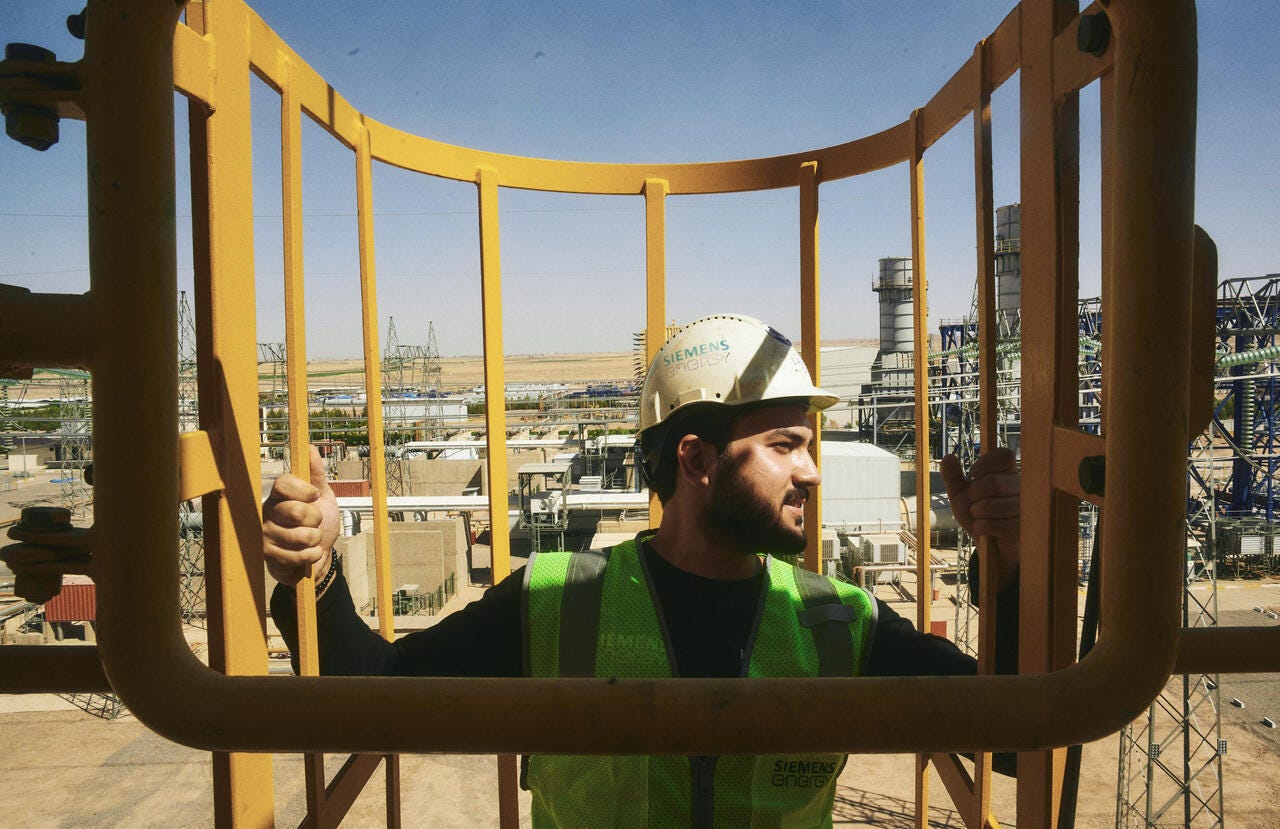
The energy transition demands an energetic approach
Five actions we're taking to drive change across the whole energy system
As an energy technology company working with partners across the whole energy landscape, we know the transition to a more sustainable energy system is both complex and challenging. But step by step, we’re getting there.
Watch the video to see how.

The energy industry has the ability to develop the technologies for a future net-zero energy system. But we need to move from rhetoric to action.
CEO Siemens Energy
And these are the action areas where we’re making progress every day in enabling our customers to deliver energy resilience.
#1 Expanding renewables
For the energy transition to succeed, the use of renewable energies must be massively increased worldwide. By 2050, the share of renewable energies in the United States needs to triple at the very least. The Asia-Pacific region will have to increase its share by four times to 10 times compared with 2020 – by comparison in Europe, we assume a three- to fourfold increase. But such gains can only be achieved if the framework conditions are right, regulatory barriers are lowered, and in particular, access to enormous quantities of materials is guaranteed.
Learn more about renewable energy and its role in the energy transition.
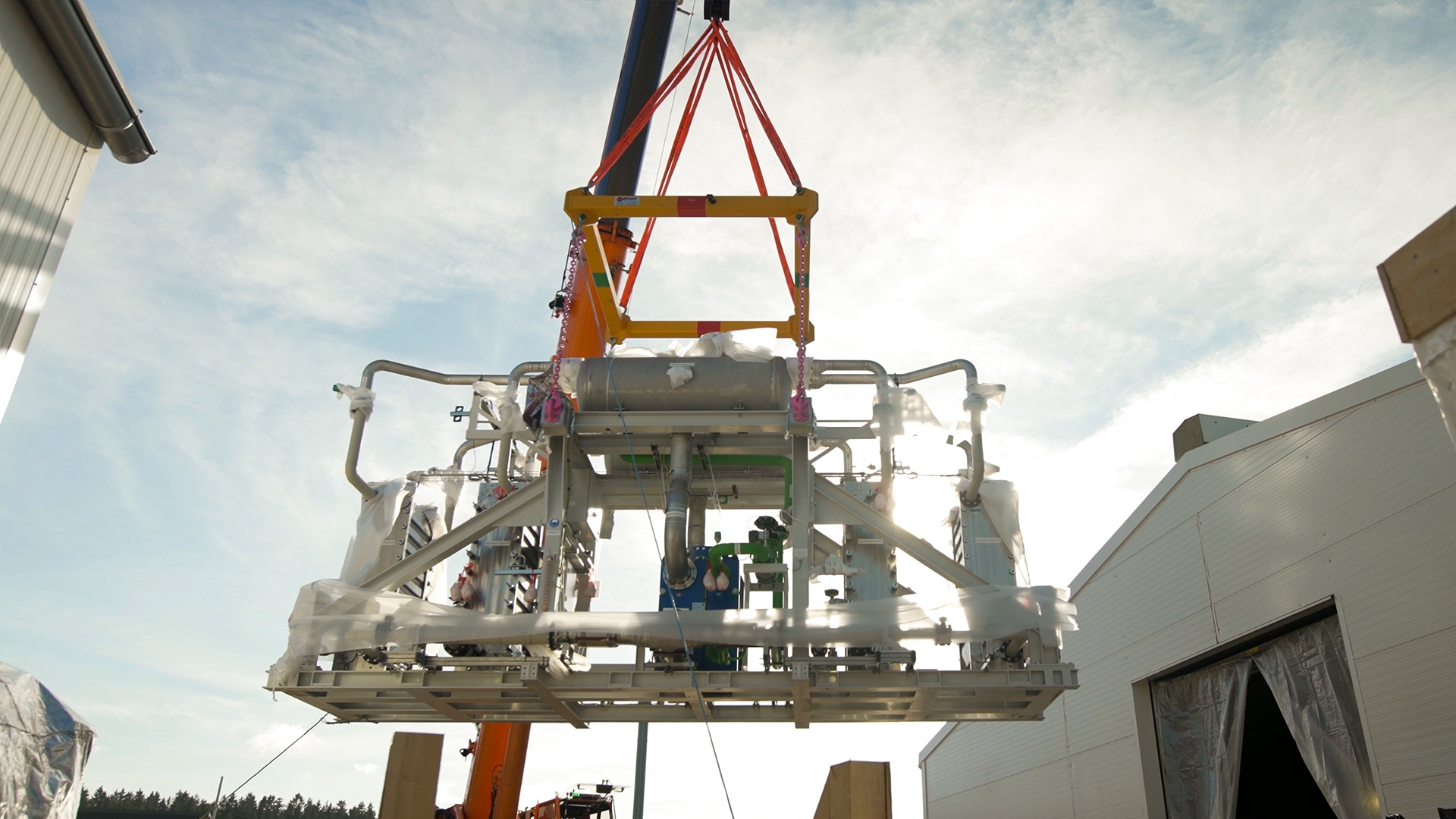
Industrial-scale electrolyzer production in Berlin
#2 Transforming conventional power
Amid all the massive investments that need to be made, we cannot and should not overlook the infrastructure that already exists. This can and should be used as a bridge to carry out the transition – even if it is based on conventional technologies. By shifting from coal to gas, we can reduce emissions faster. And by using gas turbines which can be co-fired with hydrogen, we are preparing the way for even lower CO2 intensity.
Explore how to transition from conventional power using existing infrastructures.
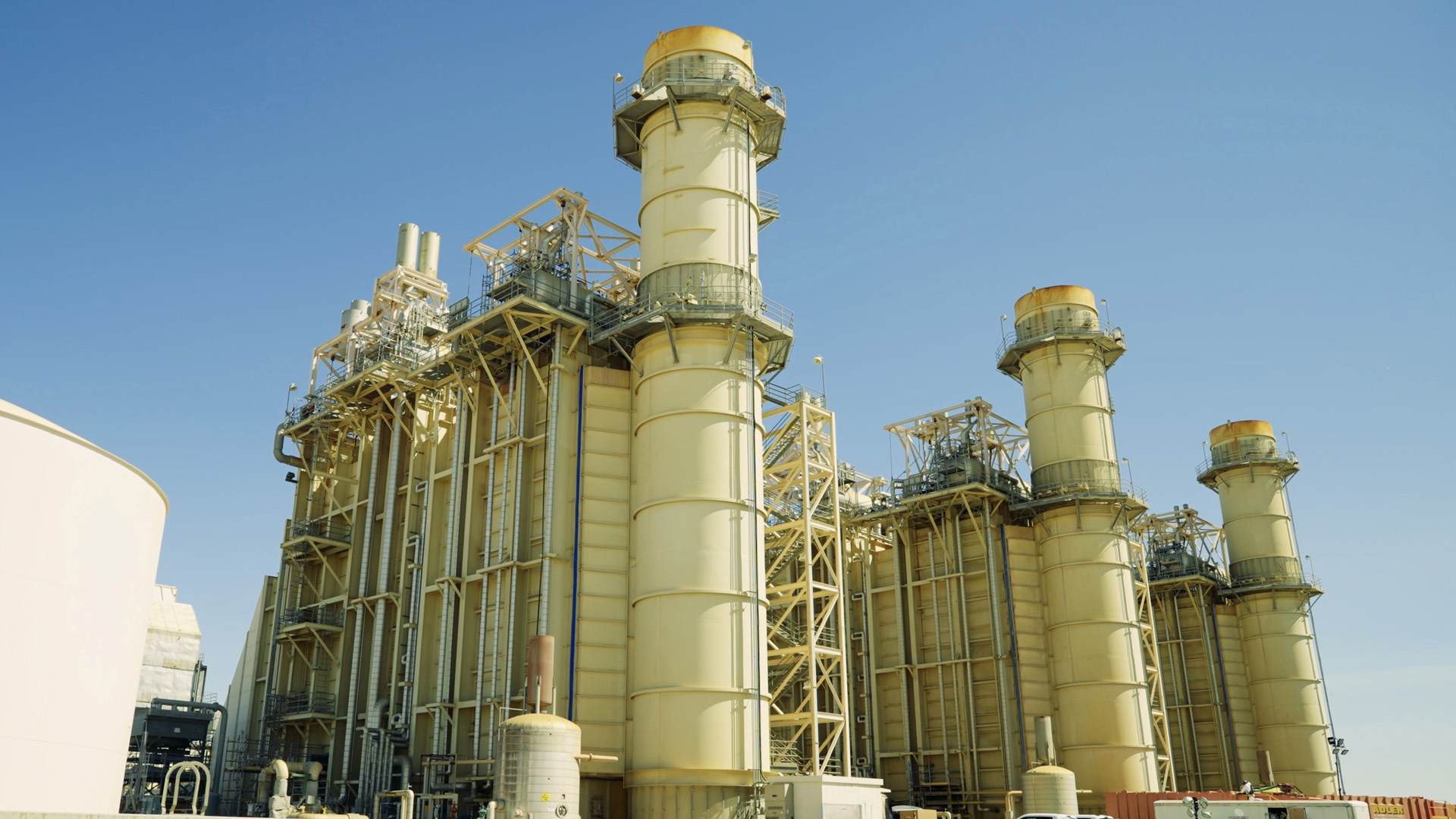
Making renewable energy more reliable in California
#3 Strengthening electrical grids
The increasing share of renewables and increasing electrification require larger, more robust grids that can handle the fluctuations of this type of energy. We need grids that will not only serve a particular country’s needs, but will also link supply and demand within a region or across regions. Germany will need to add up to 4,700 miles of transmission lines and the United States up to 600,000 miles. And for developing countries, this is an even greater challenge. In Africa, many power systems still experience frequent outages and grid instabilities – nearly 25% of households with access to electricity have power available to them less than half of the time.
Find out how we are strengthening electricity grids globally.
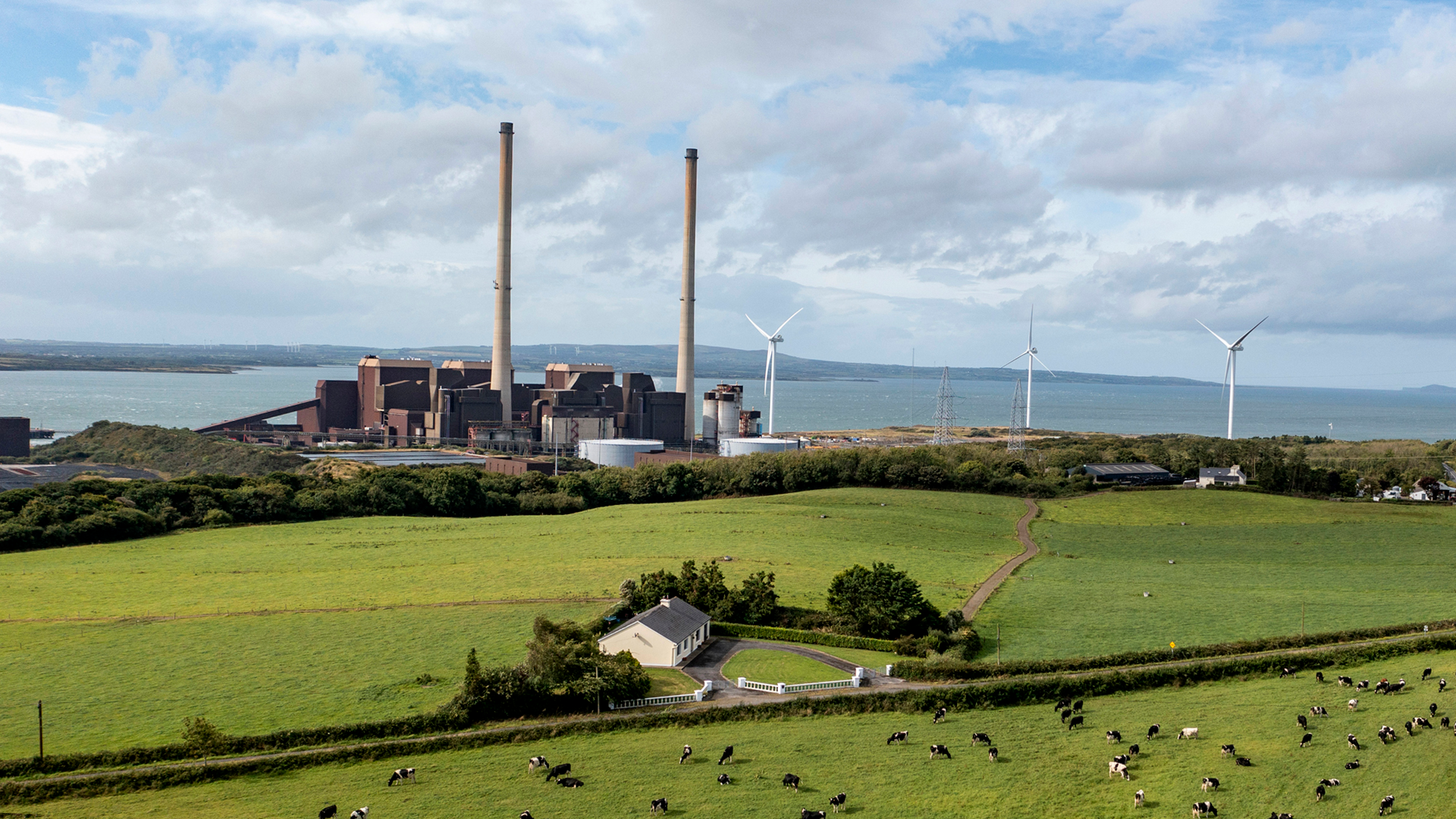
Grid stabilization technologies for Ireland‘s first green energy hub
#4 Driving industrial decarbonization
Unfortunately, current efforts to reduce emissions are being counteracted by the continuing rise in energy demand due to economic growth and population increases. Therefore, the first and most important task is to conserve energy wherever possible. This will mean finding ways to increase energy efficiency significantly and require greater electrification of industrial processes and transport. Electrification of today’s transport sector would roughly double global electricity production.
Read how we’re lightening the impact of heavy industry.
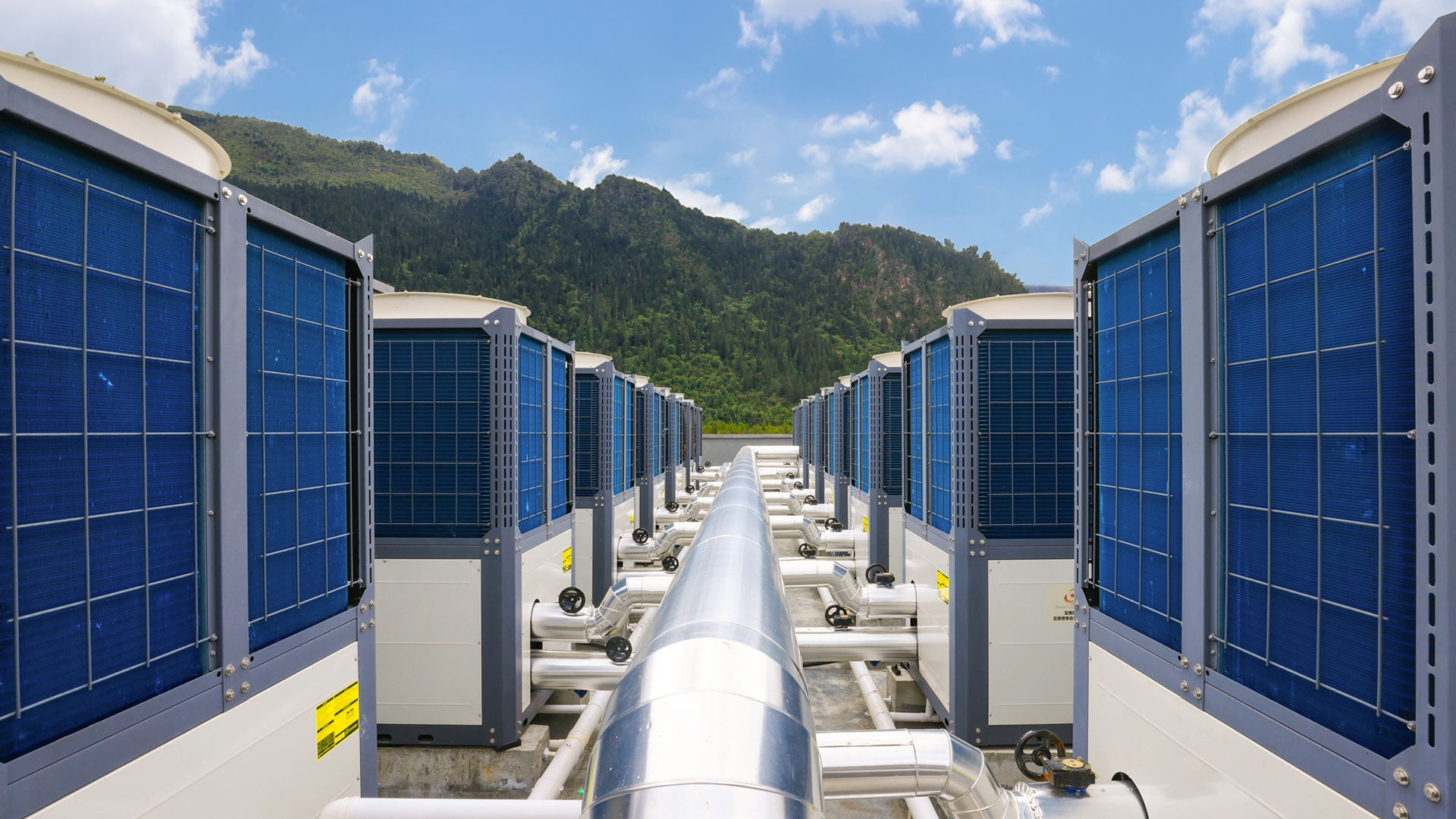
The microgrid solution minimizing ecological impact in China
#5 Securing the supply chain and necessary minerals
More materials and minerals are needed for the energy transition. A typical electric car requires six times the mineral inputs of a conventional vehicle, and an onshore wind plant requires nine times more mineral resources than a gas-fired plant. Since 2010, the average amount of minerals needed for a new unit of power generation capacity has increased by 50% as the share of renewables in new investments has risen. In an uncertain world, it’s vital to make sure that these supplies remain accessible and affordable.
Discover the full story here.
The energy transition is complex – but essential. Let's make tomorrow different today.


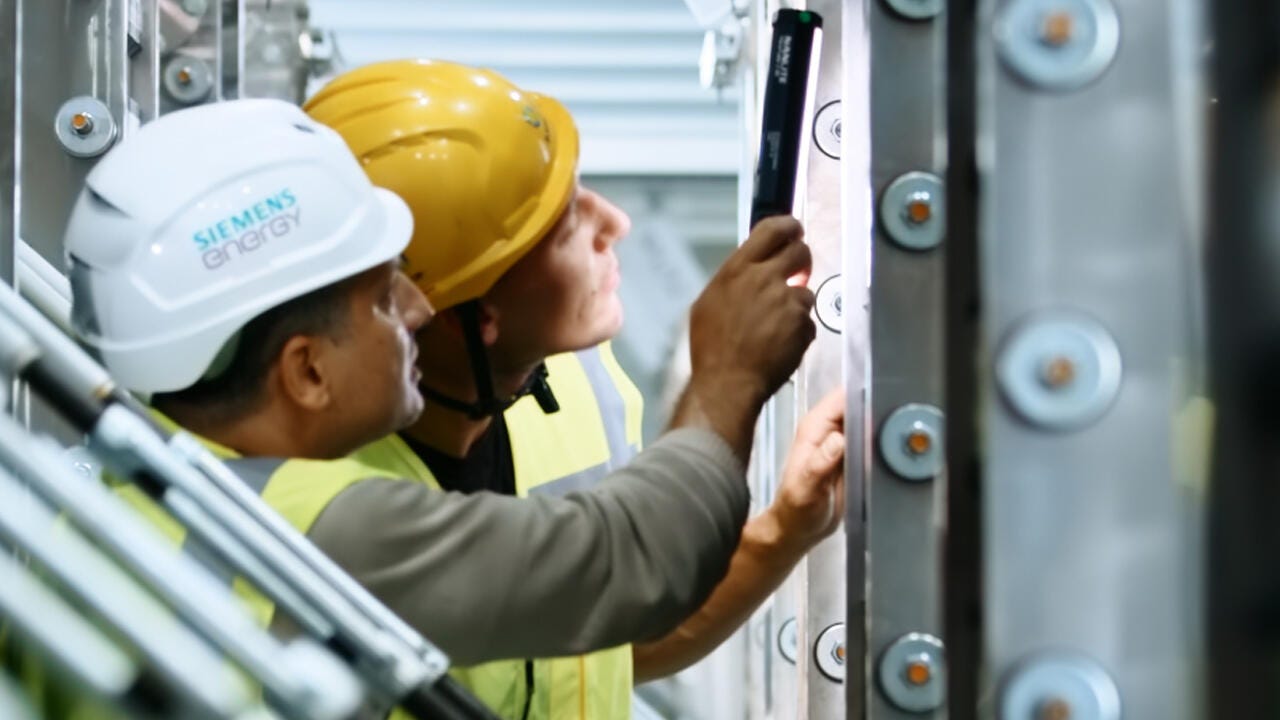

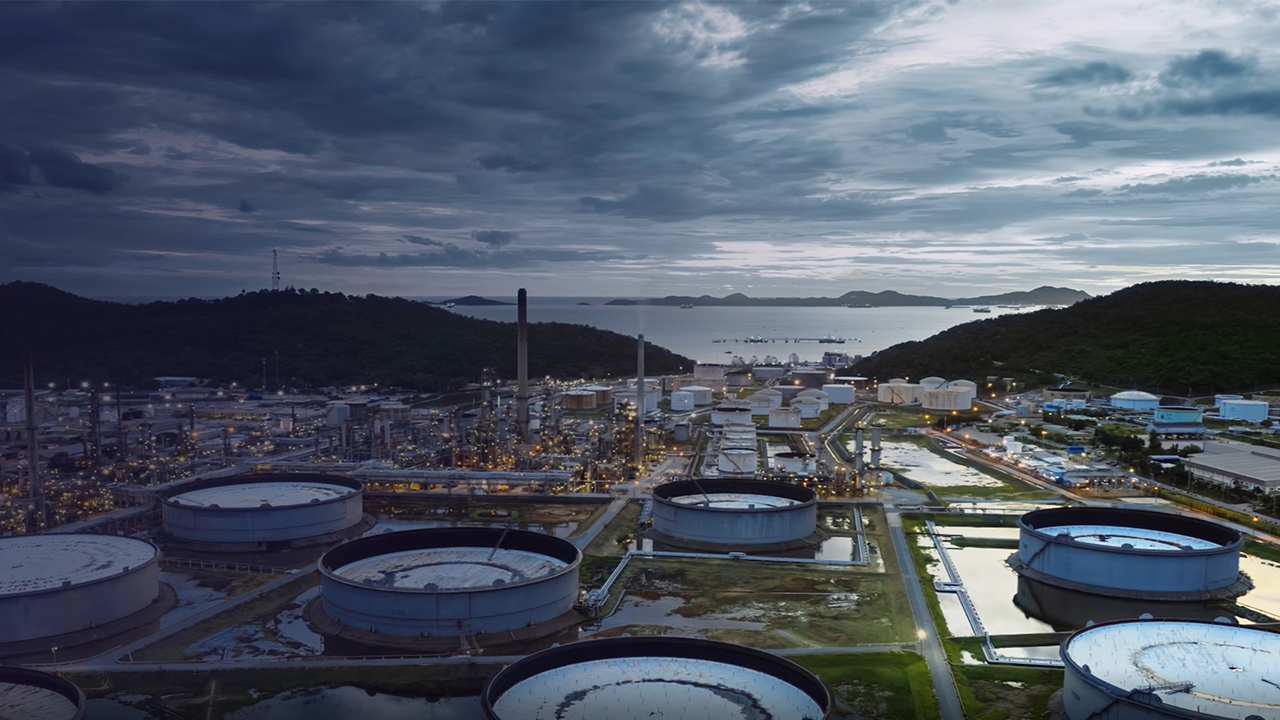
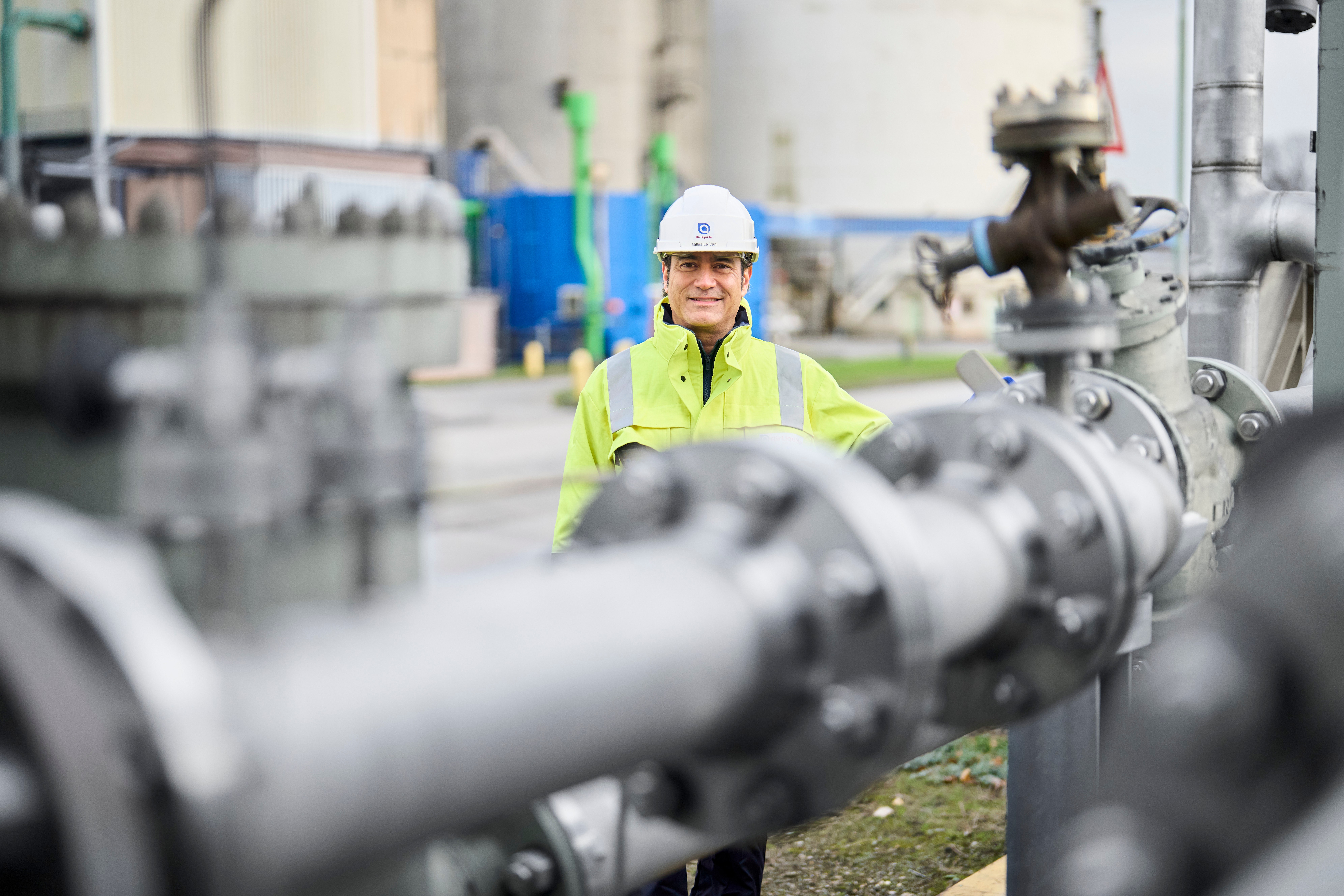

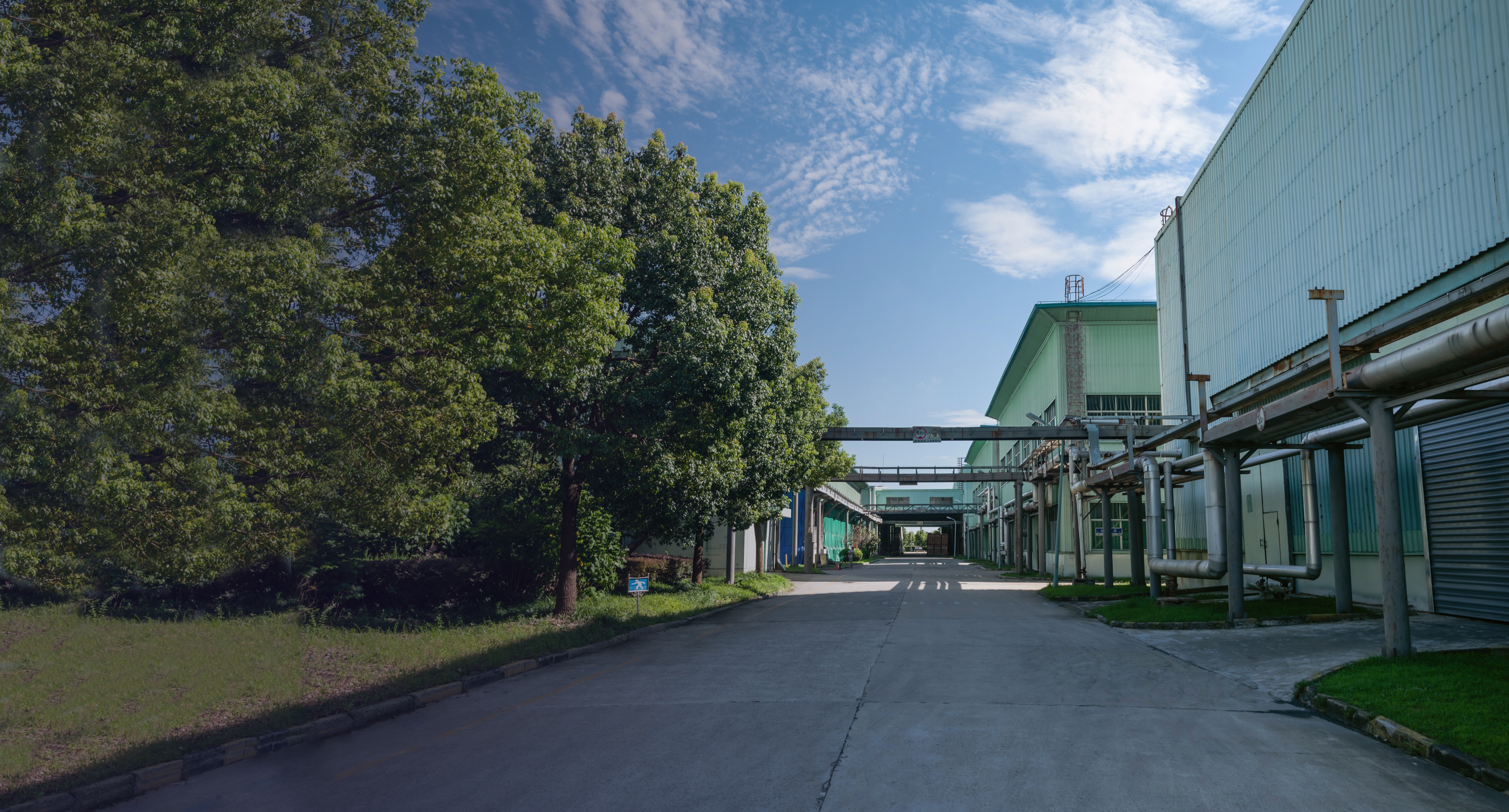

.jpg)
